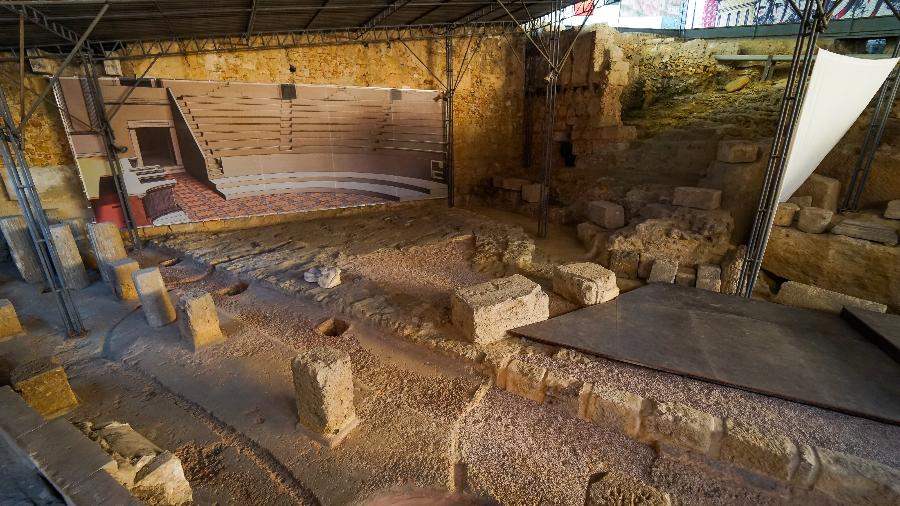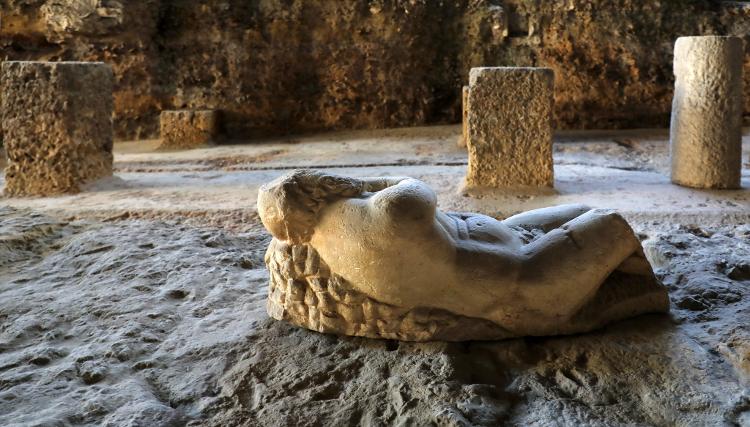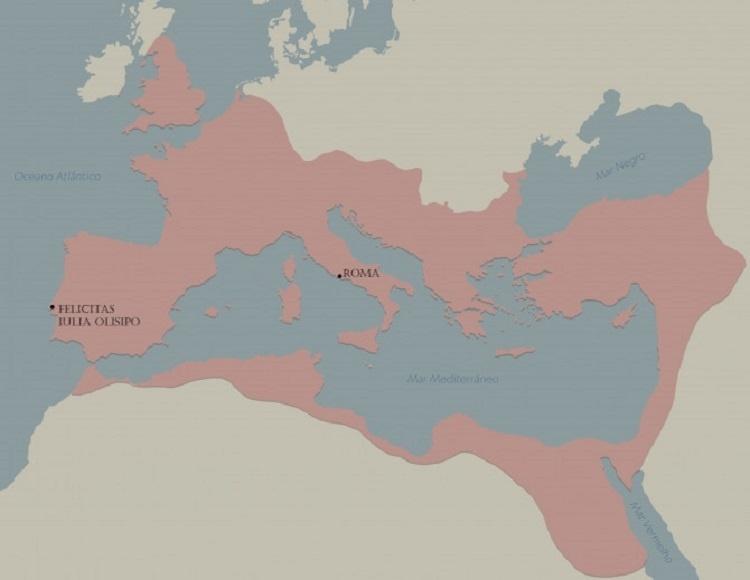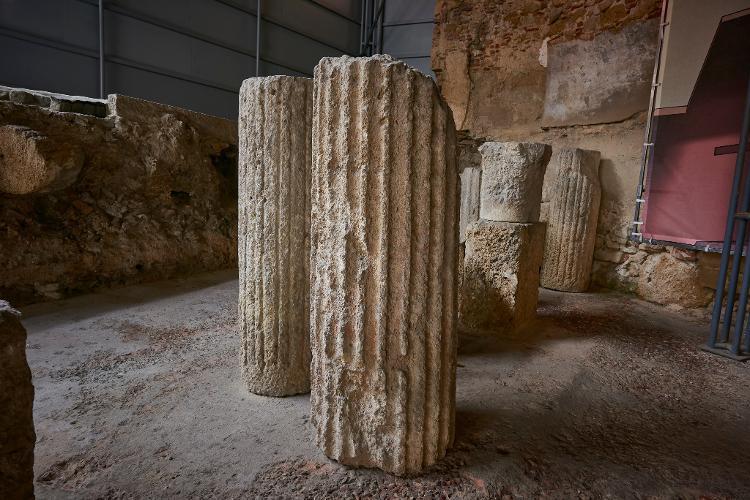There is a joke among people from Lisbon that the greatest difficulty in doing work in Lisbon is that there is always the possibility of finding a ruin. And they are not wrong.
The capital of Portugal, the largest city in the country, was called, 20 centuries ago, Felicitas Iulia Olisipo and hides, literally under the Pombaline buildings, several constructions made by the Roman Empire.
Including a theater, underground galleries and other remains from when the Romans occupied the site. Some of these ruins and archaeological sites are open for visitation.
According to archaeologist Lídia Fernandes, responsible for the Museu de Lisboa – Teatro Romano, it is believed that the Romans maintained, during the 3rd century BC, peaceful contact with the peoples who lived in the region that we know today as the metropolitan area of Lisbon, which includes 18 counties.

However, in the following century, due to the Punic wars, conflict against the Phoenicians, Rome decides to conquer the Iberian Peninsula.
“The peoples who lived in the region of Portugal, who used to fight each other, unite against this common enemy.
The term Lusitanian people [as the Portuguese ancestors are called] would have been a designation created by the Romans”, says the archaeologist.

When the Romans conquered the area, they created the province of Lusitania, which included the Portuguese territory south of the Douro River, part of the area of Spain. The city on the Tagus River’s banks is named Felicitas Iulia Olisipo.
“Olisipo is the indigenous name of the area. Felicitas is happiness, and Iulia, would be for Júlia, because the leader at the time would be Júlio César”, explains Lídia Fernandes.

We do not know what Felicitas’ role was for the Roman Republic, and documents are missing. But it had a certain importance because of its location, with easy access to the sea and because it had a navigable river.
According to archaeologists’ discoveries, one of Felicitas Iulia Olisipo’s main products is garum, a fermented sauce made from fish such as sardines and horse mackerel, which was exported throughout Roman territory.
Some researchers say that, around the 2nd or 3rd century AD, the Roman Empire begins its decline.
At this time, the Romans also begin to leave the province of Lusitania and other peoples begin to inhabit the region, such as the Vandals and the Visigoths.
Buildings built by the Romans began to be used in other ways by these new communities.
THE REDISCOVERY OF ROMAN LISBON
The first traces of Felicitas Iulia Olisipo surfaced when Lisbon began to be rebuilt after the great earthquake of 1755.
That’s when buildings like the Roman theater reappeared, where the city’s population would gather to see comedies and tragedies; the Roman galleries, an underground structure that “holds” and levels the Baixa region and which would also serve as a port; in addition to spas and tanks for salting fish to make garum.
These discoveries were ignored for some time, although some professors made records of the existence of these ruins at the time of the reconstruction of Lisbon.
Only in the 1960s did the government decide to expropriate buildings in the area where the Roman theater was known to be located and excavations began.
In the 1980s, Casa Dos Bichos, a 16th-century residence, also gained an archaeological site.
And the discoveries do not end there: in the 1990s, researchers found a Roman street with taverns where people would buy supplies to go to the Roman theater.
Many vestiges are spread across Lisbon, but not all are open for visitation — at least not all year round.
HOW TO VISIT
One of Lisbon’s most important Roman ruins is the Teatro Romano, which is very close to the Castle of São Jorge (which did not exist in Felicitas Iulia Olisipo).
Being on top of a hill, it is believed that the view from the building was quite impressive for those arriving in the region.
After 40 years of research, the site became, in 2001, part of the structure of the Museum of Lisbon.
The attraction is open from Tuesday to Sunday, from 10 am to 6 pm. You pay nothing to visit the archaeological site, where people can see the structures where shows took place. Entry to the museum exhibition, however, costs €3.
Another striking attraction of Roman Lisbon is more restricted. The Roman galleries are located under the streets of the Pombaline Baixa region and were also discovered during post-earthquake reconstruction.
As they were well preserved, they were reused as foundations for buildings.

In 1996, Lídia Fernandes herself, accompanied by Manuela Leitão, conducted an archaeological survey concluding that the structure is completely Roman.
Since the 1980s, it is possible to visit the Roman galleries. However, it is only open a few days a year, usually in May and the last weekend in September. This is because they are usually submerged by 1.20m of water.
The entrance is a “manhole” in the middle of a public road, so it is necessary that the traffic is reorganized.
Only groups of 25 people are allowed to enter the site, always accompanied by technicians. All of this to preserve the site, which can suffer structural damage if it receives many visitors or stays without water for a long time.
In addition to these two places, there is also, open for visitation, the Casa dos Bicos, the Archaeological Nucleus of Rua dos Correeiros, and a domus and part of the wall that surrounded Felicitas Iulia Olisipo at the Aurea Museum Hotel.
The Lisbon Romana website brings together the places where you can see traces of Roman Lisbon. The Percorrer Lisboa project, by the Museum of Lisbon, also has routes that run through the ruins.

